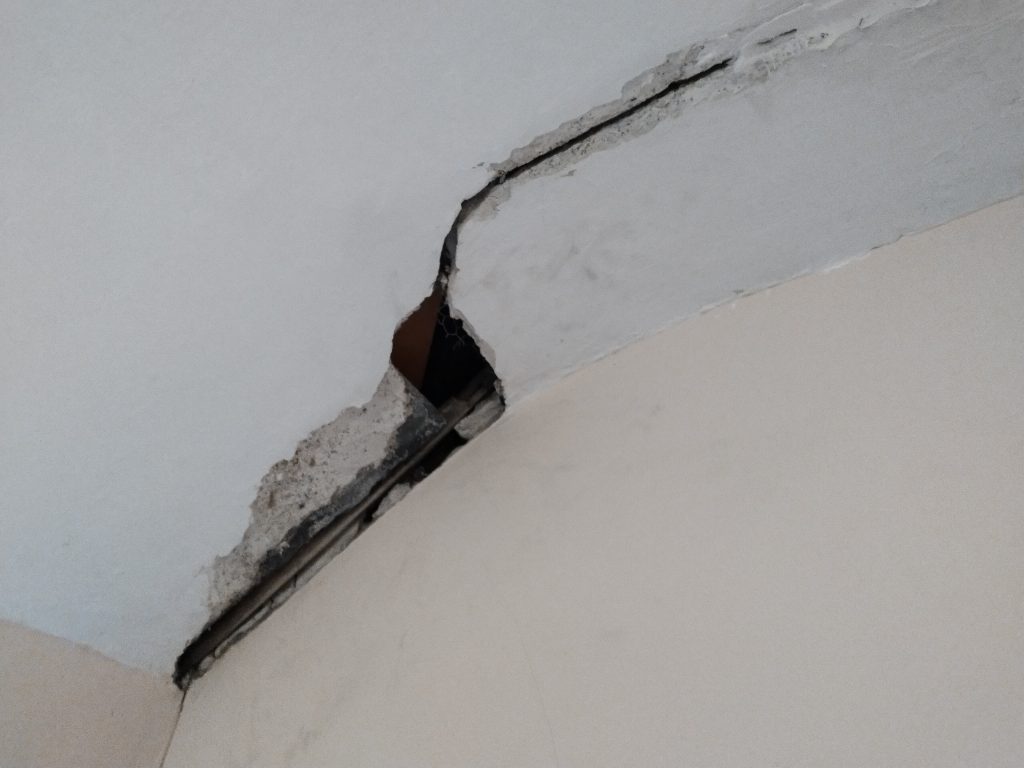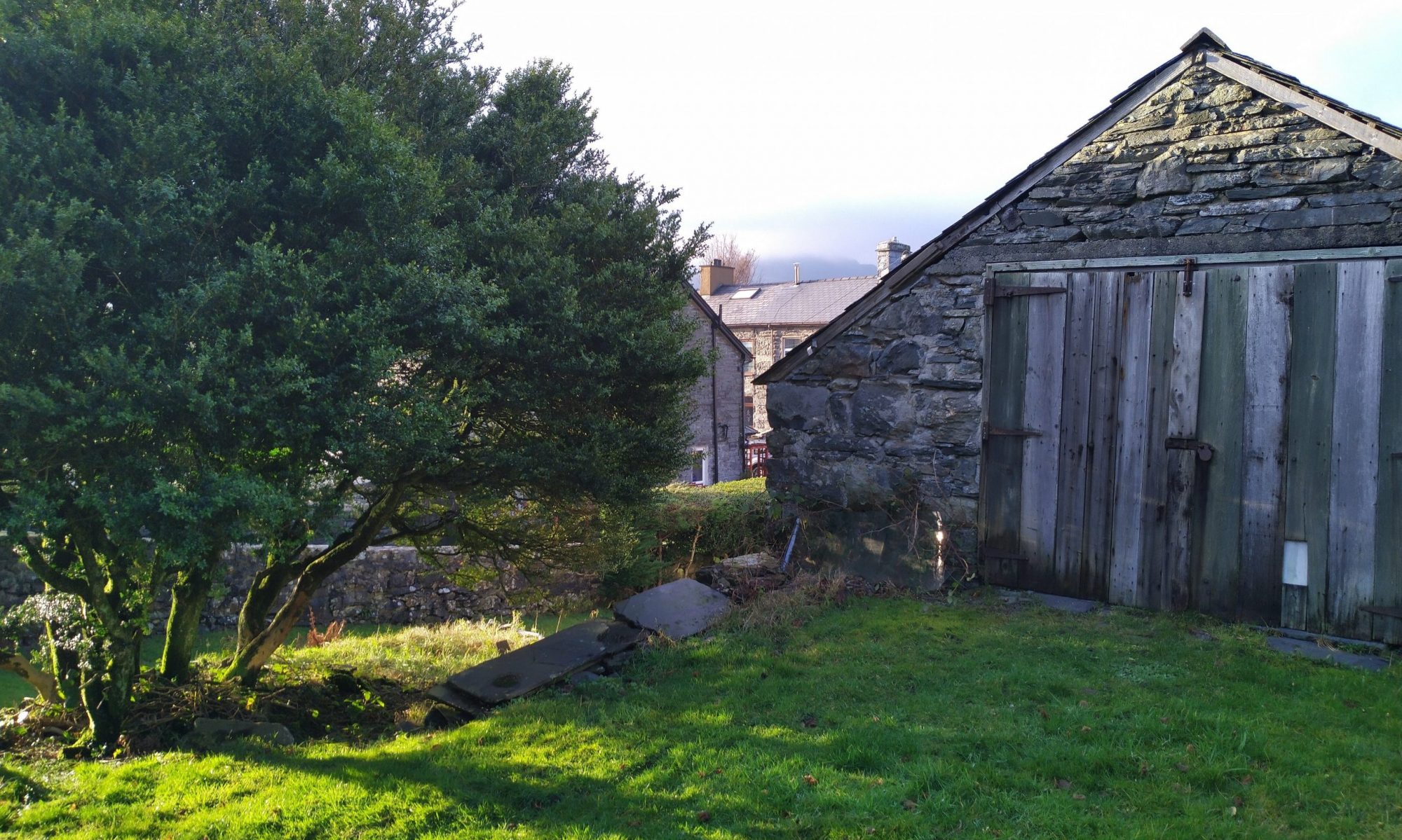One thing my Dad did instill in me was not to bodge things, well that and ALWAYS have good tyre tread depth, especially when I was driving his Grandchildren around!
Therefore when presented with a crack in the small room which on the building survey was deemed as non structural I did struggle with just patching it and painting over it as at some point it would dry out and be visible again.
But I wanted to get a first coat of paint down just to refresh the room so I thought if I open the crack up into a V and do a light fill it would suffice (but I knew it would be a bodge).
So I went armed with my trusty scraper that had already done so much damage in the last few weeks and started using the corner to delicately open up the crack into a thick V, enough to allow the filler to bond and give enough surface area to sand back.
And….. the inevitable happened, part of the crack moved and indicated a weak bond of the plaster layer and before you knew it I was opening up a bigger area.

On examining the plaster and the hole / crack a number of things were apparent:
- The base coat plaster layer appears to be lime based with hair
- The main area of compromise did not appear to have a solid backing structure to hold onto
- Examining the roof outside, their did not appear to be anything obvious
- Their was no signs of water ingress
Speaking to my neighbour, who knew the previous occupant well, he advised that the crack had been there for at least 10 years so that sort of correlated with the building survey that it was stable and historic. It could have been caused by window replacements or the building of the porch on the external wall below it and nearby.
The next step now is to look at the remediation plan !
